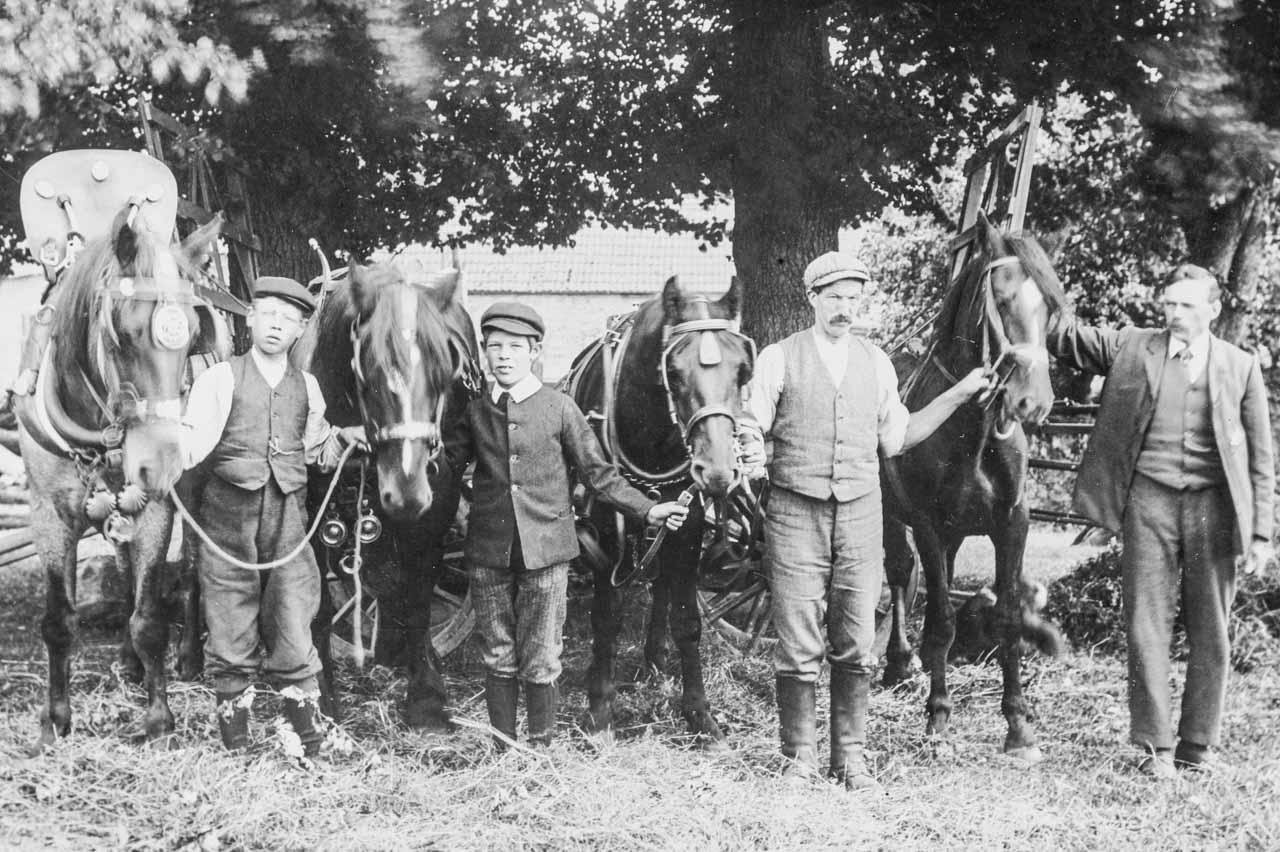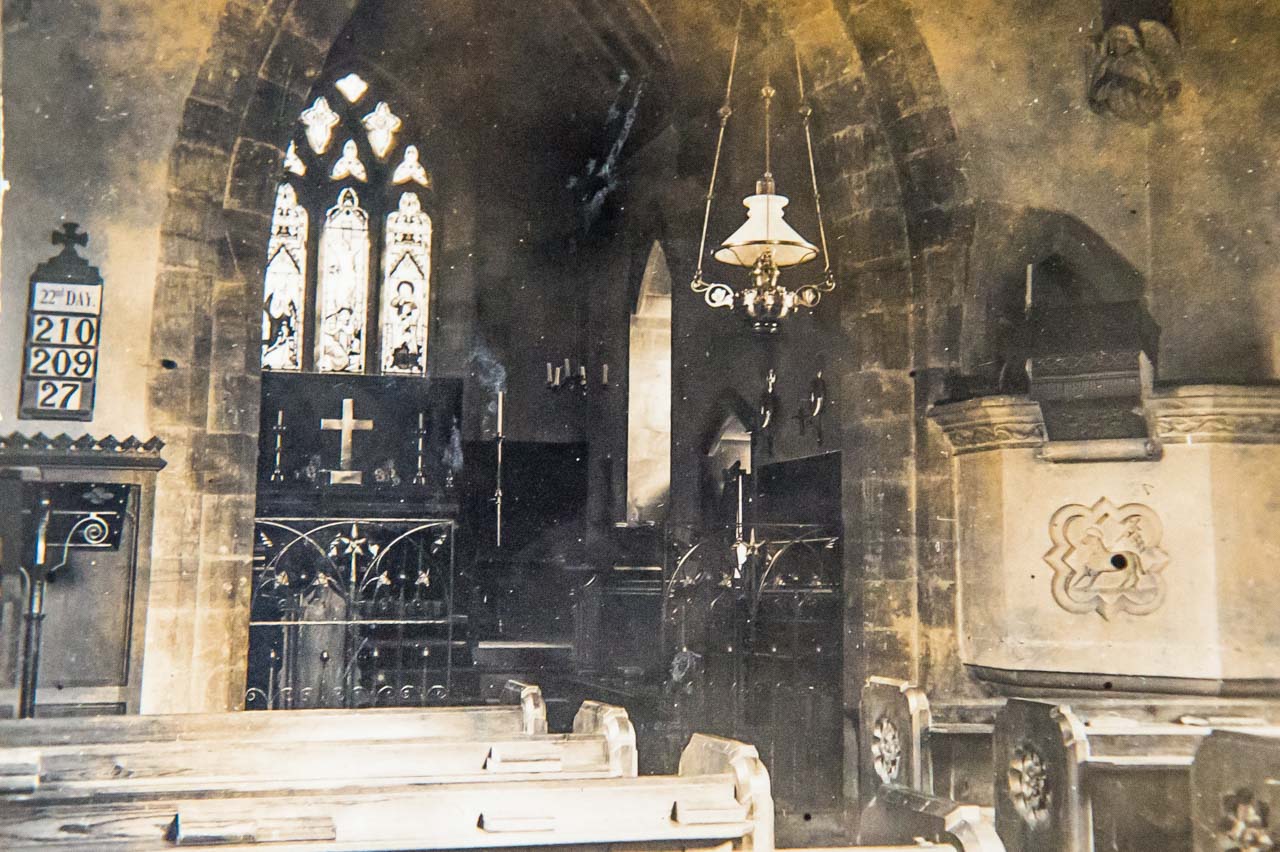History of Chilfrome
The small, quintessential Dorset village of Chilfrome is situated in the Frome Valley between Cattistock and Maiden Newton.
Evidence of ancient settlement is provided by two barrows (burial mounds) on North Hill, 2.4 kilometres WNW of the church and strip lynchets near the junction of Upper and Lower Drove, consisting of eleven well-preserved terraces extending approximately 183 metres. These lynchets are thought to be a medieval system for agriculture.
Chilfrome was recorded in the Doomsday Book in 1086. At that time, the population was declared as 17 people consisting of 4 villagers, 7 smallholders, 4 slaves and 2 cottagers. It is thought that the name was derived from the Saxon word ‘Ciele’ or ‘Cilt’, both of which mean ‘cold’, and the name of the nearby River Frome. Of course, there have been other considered derivations of the name offered by ‘experts’.
The population of Chilfrome was recorded as 119 in 1851 and by the time of the 1961 Census it had halved. Today it stands at about 54 residents, including 14 within Higher Chilfrome. Occupations were largely associated with farming but there were also 2 blacksmiths, 2 cordwainers or shoemakers, a tailor and a railway worker, as well as many household staff. There were at least 5 dairies in Chilfrome and milk was taken every morning by horse and cart to the factory and creamery in Maiden Newton. Nowadays, local business only consists of Alpaca management, Garlic cultivation, small sheep farming and B&B. Many of the current residents are retired while others work within the district or from home. With the reduction of population over the years, it is tempting to conclude that there may have been many more properties in Chilfrome than now exist. On the whole this is not true, as past overcrowding of existing cottages was common. Today Chilfrome village has no more than 20 dwellings and a further 6 at Higher Chilfrome.
The parish church of the Holy Trinity in Chilfrome is a Grade 2* listed building of considerable antiquity and the site of uninterrupted worship for more than seven centuries. William Wyle was recorded as Rector in 1267 and the names of most Rectors since are known up to the amalgamation of the living with Cattistock in 1923. The layout consists of a chancel with vestry, nave, north porch, stained (painted) glass windows and bellcote. Although largely rebuilt in the 19th century, sufficient mediaeval features remain in situ indicating work from the 13th century. The church has not significantly enlarged since but remains in plan form much as it was originally. Today, regular services are still conducted in Chilfrome as part of the combined Melbury Team activities.
Walking, cycling and riding trails abound around Chilfrome with the Frome Valley Trail, Wessex Ridgeway and the Macmillan Way all passing through the village. There are several circular, well-marked public footpaths encompassing Chilfrome, taking you past the Fox & Hounds pub at Cattistock or an attractive walk along the River Frome to Maiden Newton. Look out for the numerous thatched cottages with stone and flint facing and several large houses dating from the early Victorian period.



